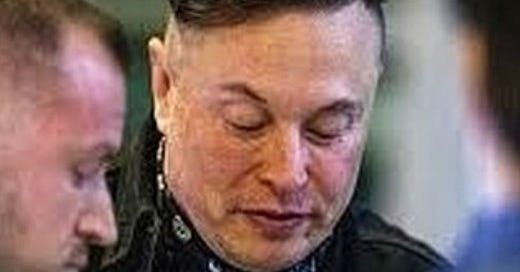The Tesla Files Unveil More Accounting Fraud Than Imagined
The recent filing in the "Greenspan v. Musk et al" lawsuit reads like a great crime novel. But it's all likely real based on Tesla's internal data
I was preparing my usual Tesla Weekly until Aaron Greenspan dropped his explosive filing on Wednesday against Musk and Tesla, which highlighted loads of details from the “Tesla Files” on their egregious accounting frauds.
Lots of topics to cover this week aside from the headline story, but here is the breakdown for today’s Tesla Weekly:
Bombshell Compla…
Keep reading with a 7-day free trial
Subscribe to Motorhead to keep reading this post and get 7 days of free access to the full post archives.





